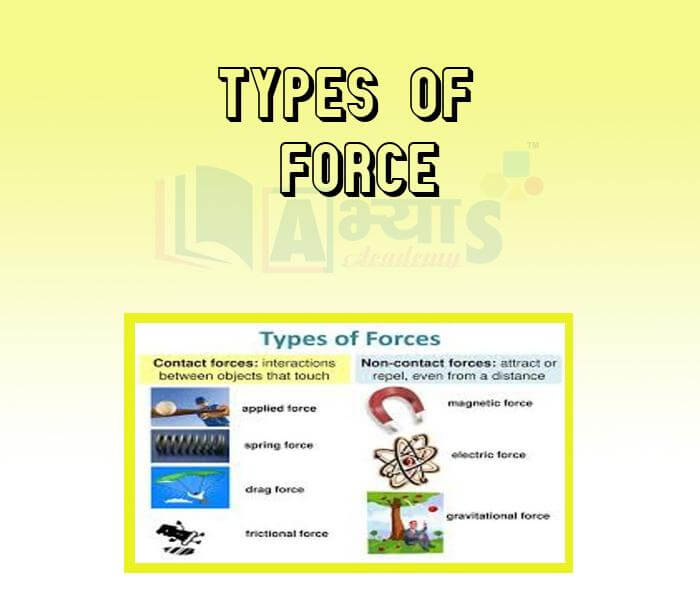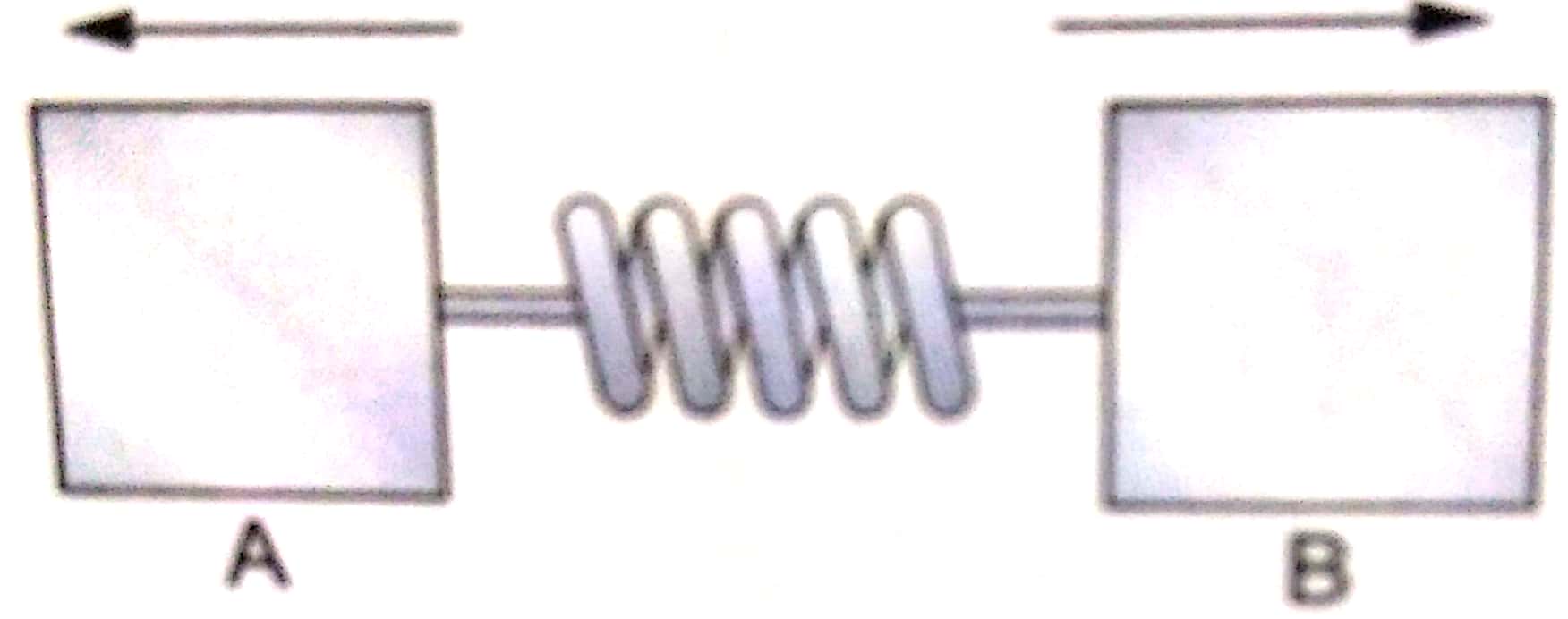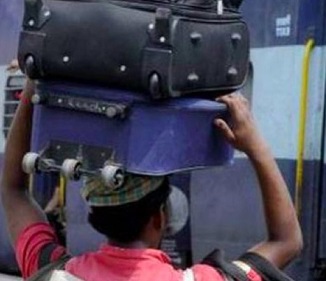Types of Force












Types of Force
Force is a cause that can change the state of motion or the shape of an object. There are two types of forces based on the way they are applied:
1. Contact Force:
Force that comes into action after the interaction between objects is called contact force. Contact force acts on the point of contact. For contact force; interaction between objects is necessary. Example: pushing a car, opening a drawer, kicking a ball, etc. In these examples, interaction between objects is necessary. Muscular force, force of friction, etc. are types of contact force. Other examples include cycling, kicking a ball.
Muscular Force or Biological Force:
Force caused by the action of muscles is called muscular force. In other words, force resulting because of action of muscle is called muscular force. Muscular force is applied only after interaction with the object. Hence it is a type of contact force. Example: While kicking a ball, the player applies force over the ball using his leg muscles. While opening a drawer, you pull the drawer holding it by hand. In this action, muscles of your hand apply the force. While pulling a cart, the horse or the ox applies the force of its muscles.
Frictional Force:
Force acting between the surfaces of two objects is called the force of friction. Force of friction always acts in the direction opposite to the direction of the movement of object. Force of friction is acting over all the moving objects. Example: A moving football stops after going to a certain distance. This happens because of force of friction between the surface of ground and the surface of football. A moving boat stops after some distance because of friction between the surface of water and the surface of boat. Since force of friction comes into action only after interaction between two objects, thus, it is a type of contact force.
• Friction also causes heat. When surfaces are rubbed together, heat is produced. Due to friction the surface of objects weared away. The bottom of your shoes, type of the vehicle becomes smooth due to wearing. Friction helps us in walking. When we walk, there is friction between our foot (sole of our shoe) and the ground. This prevents us from slipping.
• Friction helps us to write. There is friction between the pen and paper on which we are writing.
• Friction can be increased by making the surface rough. It can be decreased by making the surface smooth or by oiling the surface.
Spring Force: A spring is made up of coiled metallic wire. A spring has a definite length when it has been neither pushed nor pulled. The length is called natural length. At natural length the spring does not exert any force on the object attached to its ends. If the spring is pulled at the ends its length becomes larger than natural length. It is known as stretched or extended spring. An extended spring pulls objects attached to its ends . If the spring is pushed at the ends, its length becomes less than natural length. It is known as compressed spring. A compressed spring pushes objects attached to its ends
 |
 |
 |
| Extended Spring | Compressed Spring | Natural Length |
Elastic Force:
When we stretch, twist or bend certain objects like a spring, rubber band or sponge their shape and size changes. The force which acts is called elastic force.
Normal Force:
If the forces between two bodies are perpendicular to the surface of contact, they are known as normal forces. For example a potter is carrying luggage on his head. The luggage is applying force on the head in the downward direction and the head is applying force on the luggage in the upward direction. These forces are perpendicular to the surface of the head and the luggage. So we can say that head applies normal force to the luggage in the upward direction and the luggage applies normal force on the head in the downward direction.

Force Exerted by a String: when an object is tied to a string and the string is kept taut, the string pulls the object. For example we hang a bottle as shown below, the string pulls the bottle upwards The magnitude of the force exerted by a string on the object tied to it is called tension.

2. Non – Contact Force:
Force that comes into action without interaction between two objects is called non-contact force. For example; a magnet can pull an iron nail from a distance. Magnetic force, Electrostatic force and Gravitational force are examples of non-contact force.
Magnetic Force:
Force exerted by a magnet on another magnet or on magnetic substances is called magnetic force. A magnet can exert force even without coming in contact, thus it is a non-contact force. Magnet was discovered some 5000 years ago in Magnesia. Magnet cause a force in the area around them. The area of force around a magnet is called ‘magnetic field.’ Earth also has a magnetic field. It is surrounded by magnetic lines of forces. We can also use magnetic compass to see the magnetic fields of Earth.
Example – A magnet attracts the opposite pole of another magnet and repels the similar pole of another magnet.
Electrostatic Force:
Force exerted by a charged body is called electrostatic force. A charged body attracts an uncharged body. A positively charged body attracts a negatively charged body and repels a positively charged body without coming in contact, thus it is a non-contact force.
Gravitational Force:
Force exerted by earth, moon, sun and other planets is called gravitational force or force of gravity. Earth attracts all objects towards it. Similarly, all other planets along with moon attract all objects towards them. Since, earth attracts all objects even without coming in contact, thus gravitational force is a non-contact force. The force of gravity depends on the mass of object and their distance from each other. The bigger and heavier the body is, the greater is its force of gravity. Example: When anything is released from a height, it falls over the ground because of gravitational pull of earth.
Gravitational force was first discovered by Isaac Newton when he saw an apple falling from a tree. Mass of a body is measured in ‘kilograms’ whereas weight is measured in ‘Newtons.’
Which of the following is a non contact force ? | |||
| Right Option : B | |||
| View Explanation | |||
Which of the following is an example of a non-contact force? | |||
| Right Option : C | |||
| View Explanation | |||
Which of the following case the force is different from others | |||
| Right Option : D | |||
| View Explanation | |||
Students / Parents Reviews [10]
Abhyas is a complete education Institute. Here extreme care is taken by teacher with the help of regular exam. Extra classes also conducted by the institute, if the student is weak.

Om Umang
10thIt has a great methodology. Students here can get analysis to their test quickly.We can learn easily through PPTs and the testing methods are good. We know that where we have to practice

Barkha Arora
10thOne of the best institutes to develope a child interest in studies.Provides SST and English knowledge also unlike other institutes. Teachers are co operative and friendly online tests andPPT develope practical knowledge also.

Aman Kumar Shrivastava
10thMy experience with Abhyas academy is very good. I did not think that my every subject coming here will be so strong. The main thing is that the online tests had made me learn here more things.

Hiya Gupta
8thAbout Abhyas metholodology the teachers are very nice and hardworking toward students.The Centre Head Mrs Anu Sethi is also a brilliant teacher.Abhyas has taught me how to overcome problems and has always taken my doubts and suppoeted me.

Shreya Shrivastava
8thMy experience was very good with Abhyas academy. I am studying here from 6th class and I am satisfied by its results in my life. I improved a lot here ahead of school syllabus.

Ayan Ghosh
8thAbhyas Methodology is very good. It is based on according to student and each child manages accordingly to its properly. Methodology has improved the abilities of students to shine them in future.

Manish Kumar
10thIt was a good experience with Abhyas Academy. I even faced problems in starting but slowly and steadily overcomed. Especially reasoning classes helped me a lot.

Cheshta
10thIt was good as the experience because as we had come here we had been improved in a such envirnment created here.Extra is taught which is beneficial for future.

Eshan Arora
8thA marvelous experience with Abhyas. I am glad to share that my ward has achieved more than enough at the Ambala ABHYAS centre. Years have passed on and more and more he has gained. May the centre flourish and develop day by day by the grace of God.
